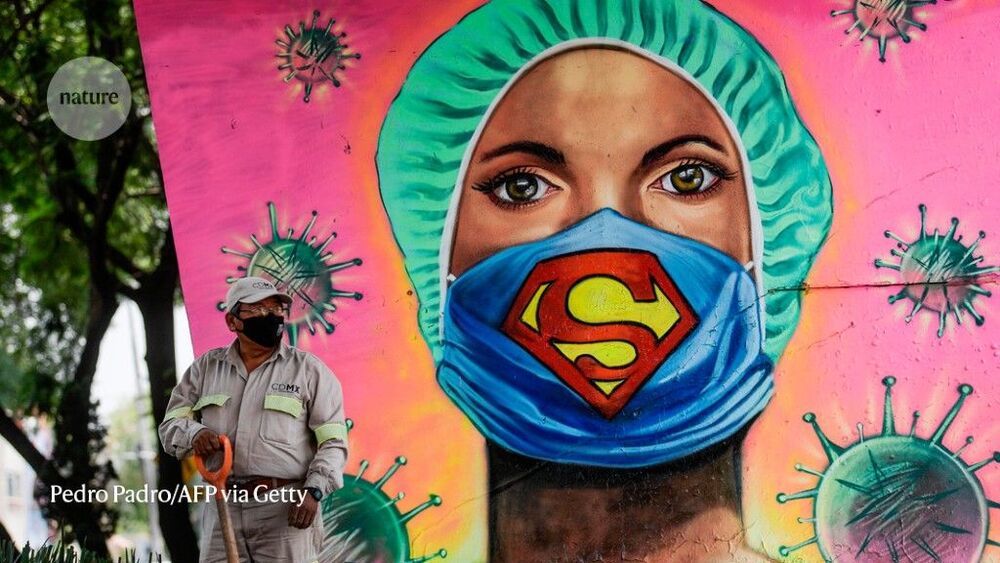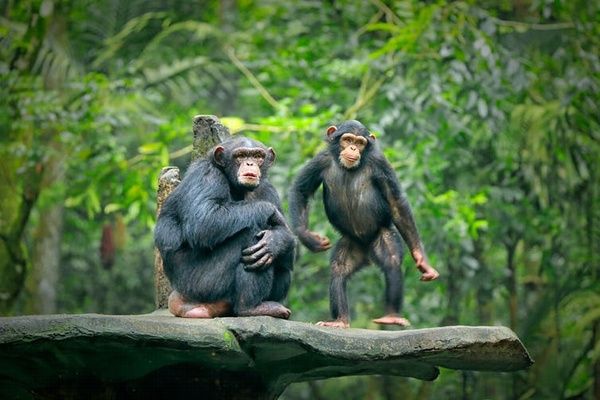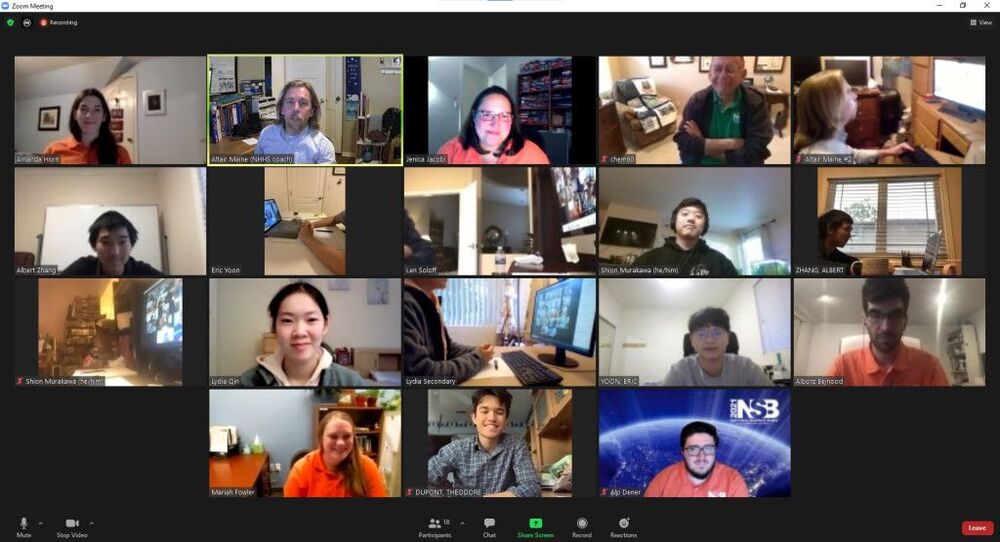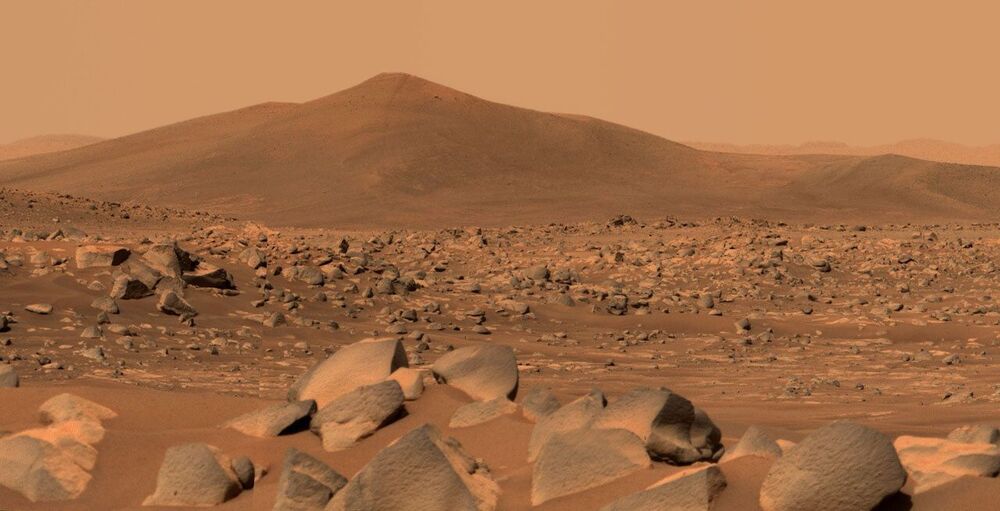Both arts and sciences advance through open-minded iterations. The alternative of staying within traditional boundaries suppresses the exploration of new territories. As Oscar Wilde said: “Consistency is the last refuge of the unimaginative.”
Recognizing the crucial role that imagination plays in advancing both arts and sciences would translate to a culture that fosters innovation by rewarding creativity. Conventional groupthink could be circumvented by populating selection committees of funding agencies with creative individuals rather than with traditional thinkers. A culture of innovation would also benefit from overlap spaces where scientists and artists interact. In deriving his theory of gravity Albert Einstein was inspired by the philosopher Ernst Mach, and Einstein’s new notions of space and time inspired Picasso’s paintings.
Creativity in arts and sciences establishes a backdrop for human existence, as the content it invents gives pleasure and meaning to our lives. The human act of creation is an infinite-sum game, from which all of us benefit. And we can all participate in the creative process, as long as we follow Wilde’s advice: “Be yourself; everyone else is already taken.”








